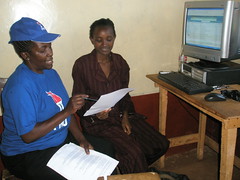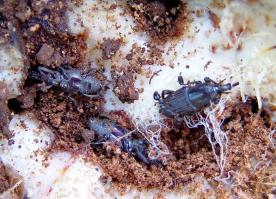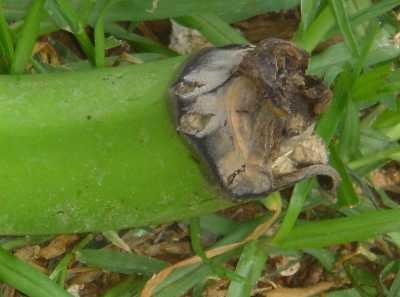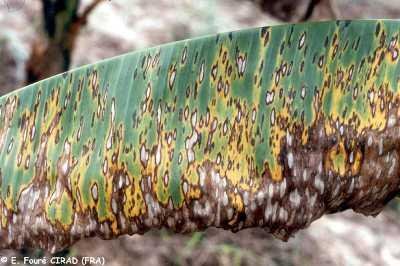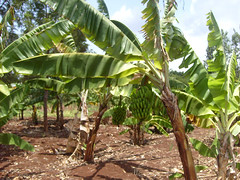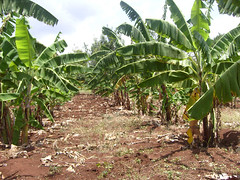The plant yields fruit used as food while cooked or ripened. The cooked varieties are referred to as green types as the ripening kinds are referred to as Yellow types.
The plant pseudo stems are used as animal feed chopped in small chips especially during dry season when other pasture sources are scarce. Dry stem fiber used in art work for making aesthetic products in various residential points.
Culturally banana green fruit is a key ingredient in diet of recent mothers. Banana fruit is seen to gain greater utility in East Africa especially in Uganda (Matoke) used for wine brewing and juice processing as well as staple food.
No clear market channels or structure are in place for this crop as its demand is scattered over parts of the country but still all the produce has found consumption either locally or internationally. Farmers are now uniting to seek for bigger market to benefit from economies of sell. Juice and wine brewing from the crop is on course.
FUTURE OF BANANA FARMING.
Continued banana production in Kenya, East Africa as well as in the continent rely on sustained demand both locally and internationlly. Diversification of products from banana yield especially value addition by farmers will not only increase and sustain demand but will also inspire more production in yield and acreage. Knowledge in crop management in terms of pests and diseases, Agronomic practices, postharvest handling of the crop is a major resource to be embraced.
Clear and objectively implemented research and information dissemination program grafted in consultation with farmers i.e tissue culture will provide empowerment to farmers with greater motivation. Generally banana production and use in Kenya remains a potential area of exploitation.

